
A comic strip is a sequence of cartoons, arranged in interrelated panels to display brief humor or form a narrative, often serialized, with text in balloons and captions. Traditionally, throughout the 20th and into the 21st century, these have been published in newspapers and magazines, with daily horizontal strips printed in black-and-white in newspapers, while Sunday papers offered longer sequences in special color comics sections. With the advent of the internet, online comic strips began to appear as webcomics.

A cartoon is a type of visual art that is typically drawn, frequently animated, in an unrealistic or semi-realistic style. The specific meaning has evolved, but the modern usage usually refers to either: an image or series of images intended for satire, caricature, or humor; or a motion picture that relies on a sequence of illustrations for its animation. Someone who creates cartoons in the first sense is called a cartoonist, and in the second sense they are usually called an animator.
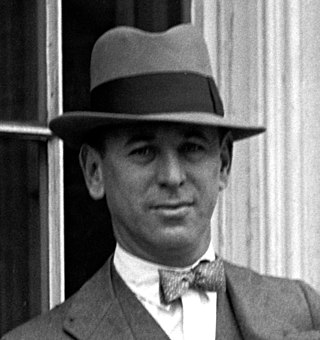
Reuben Garrett Lucius Goldberg, better known as Rube Goldberg, was an American cartoonist, sculptor, author, engineer, and inventor.
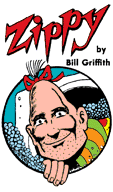
Zippy the Pinhead is a fictional character who is the protagonist of Zippy, an American comic strip created by Bill Griffith. Zippy's most famous quotation, "Are we having fun yet?", appears in Bartlett's Familiar Quotations and became a catchphrase. He almost always wears a yellow muumuu/clown suit with large red polka dots, and puffy, white clown shoes. Although in name and appearance, Zippy is a microcephalic, he is distinctive not so much for his skull shape, or for any identifiable form of brain damage, but for his enthusiasm for philosophical non sequiturs, verbal free association, and pursuit of popular culture ephemera. His wholehearted devotion to random artifacts satirizes the excesses of consumerism.
Gary Larson is an American cartoonist who created The Far Side, a single-panel cartoon series that was syndicated internationally to more than 1,900 newspapers for fifteen years. The series ended with Larson's retirement on January 1, 1995, though since 2020 Larson has published additional comics online. His twenty-three books of collected cartoons have combined sales of more than forty-five million copies.
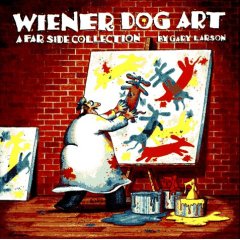
The Far Side is a single-panel comic created by Gary Larson and syndicated by Chronicle Features and then Universal Press Syndicate, which ran from December 31, 1979, to January 1, 1995. Its surrealistic humor is often based on uncomfortable social situations, improbable events, an anthropomorphic view of the world, logical fallacies, impending bizarre disasters, references to proverbs, or the search for meaning in life. Larson's frequent use of animals and nature in the comic is popularly attributed to his background in biology. The Far Side was ultimately carried by more than 1,900 daily newspapers, translated into 17 languages, and collected into calendars, greeting cards, and 23 compilation books, and reruns are still carried in many newspapers. After a 25-year hiatus, in July 2020, Larson began drawing new Far Side strips offered through the comic's official website.

Mutt and Jeff is a long-running and widely popular American newspaper comic strip created by cartoonist Bud Fisher in 1907 about "two mismatched tinhorns". It is commonly regarded as the first daily comic strip. The concept of a newspaper strip featuring recurring characters in multiple panels on a six-day-a-week schedule had previously been pioneered through the short-lived A. Piker Clerk by Clare Briggs, but it was Mutt and Jeff as the first successful daily comic strip that staked out the direction of the future trend.

David Wiley Miller is an American cartoonist whose work is characterized by wry wit and trenchant social satire, is best known for his comic strip Non Sequitur, which he signs Wiley. Non Sequitur is the only cartoon to win National Cartoonists Society Divisional Awards in both the comic strip and comic panel categories, and Miller is the only cartoonist to win an NCS Divisional Award in his first year of syndication.
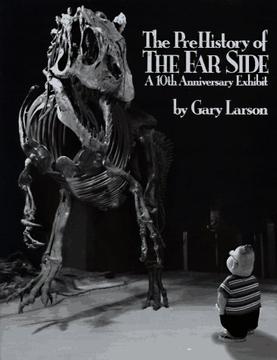
The Prehistory of The Far Side: A 10th Anniversary Exhibit is a 1989 book chronicling the origin and evolution of The Far Side, giving inside information about the cartooning process and featuring a gallery of Larson's favorite Far Side cartoons from the 1980s.
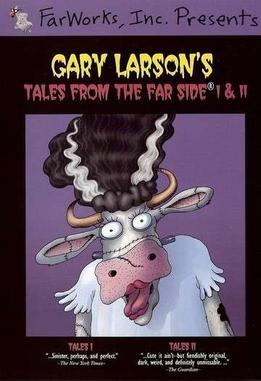
Gary Larson's Tales from the Far Side is an animated short film created in 1994 by Gary Larson, based on The Far Side comic strip. Both the title and concept are largely inspired by EC Comics' Tales From The Crypt. It was first shown as a Halloween special on CBS television, which aired on October 26, 1994. Later it was awarded the Grand Prix at the Annecy International Animation Film Festival.

Gnorm Gnat is an American gag-a-day comic strip by Jim Davis based on fictional insects, with the primary focus on a gnat named Gnorm. The strip appeared weekly in The Pendleton Times in Pendleton, Indiana, the only newspaper to publish the strip, from 1973 to 1975, but failure to take the character to mainstream success led Davis to instead create the comic strip Garfield. Mike Peters, creator of Mother Goose and Grimm, has said that Gnorm Gnat is now a part of "cartoon folklore" as a failure that paved the way for major success.

Jack Ohman is an American editorial cartoonist and educator. He is currently a contributing opinion columnist and cartoonist for the San Francisco Chronicle. He formerly worked for The Sacramento Bee and The Oregonian. His work is syndicated nationwide to over 300 newspapers by Tribune Media Services. In 2016, he was awarded the Pulitzer Prize for Editorial Cartooning.
Farley was an American comic strip written and drawn by Phil Frank, which appeared daily in the San Francisco Chronicle.
Brevity is a single-panel newspaper comic strip created by Guy Endore-Kaiser and Rodd Perry, and currently drawn by Dan Thompson.
Animal Crackers is the title of several syndicated newspaper comics over the years. The first was a 1930 comic strip signed by an artist known simply as Lane.
The Air Pirates were a group of cartoonists who created two issues of an underground comic called Air Pirates Funnies in 1971, leading to a famous lawsuit by Walt Disney Productions. Founded by Dan O'Neill, the group also included Bobby London, Shary Flenniken, Gary Hallgren, and Ted Richards.
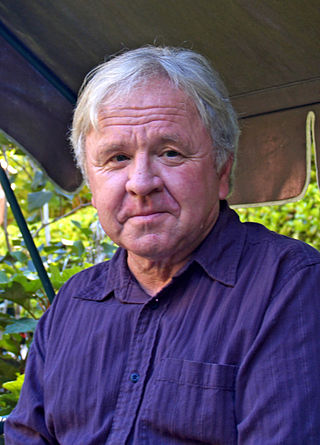
Kerry Waghorn is a syndicated caricaturist whose Faces in the News feature, established in 1977 by Chronicle Features is a journalistic legend. He estimates that more than 9,000 of his images have been published since the early 1970s, including just about every prominent news, business and entertainment face over that span of history. During the many years he spent under the management of newspaper icon G. Stanleigh Arnold, the Chronicle's Sunday and Features Editor, he refined his skills within a team that included Garry Trudeau (Doonesbury), Gary Larson, Abigail Van Buren, William Hamilton, Phil Frank (Farley), and Cathy Guisewite (Cathy). Arnold had also been instrumental in the early stages of Charles Schulz' (Peanuts) career. Waghorn, who resides in West Vancouver, B.C., is currently represented by Universal Press Syndicate of Kansas City, MO, and he continues to create about three new caricatures a week. Universal, a subsidiary of Jim Andrews and John McMeel's Andrews McMeel Universal, founded in 1970, purchased Chronicle Features in 1997.
Chuckle Bros was a single-panel comic created by brothers Brian and Ron Boychuk.
Chronicle Features was the syndication arm of the San Francisco Chronicle. Syndicating comic strips, newspaper columns, and editorial features, it operated from 1962 to c. 1998. The syndicate was known for the offbeat comic strips it championed, such as Gary Larson's The Far Side, Dan Piraro's Bizarro, and the editorial cartoons of Ted Rall. The service was acquired by Universal Press Syndicate in 1997 and went defunct soon after.
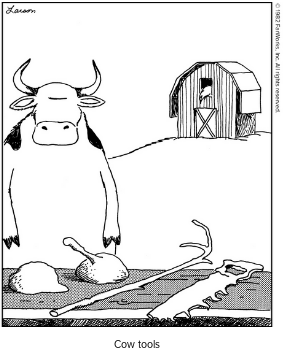
"Cow tools" is a cartoon from The Far Side by American cartoonist Gary Larson, published in October 1982. It depicts a cow standing behind a table of bizarre, misshapen implements with the caption "Cow tools". The cartoon confused many readers, who wrote or phoned in seeking an explanation of the joke. In response to the controversy, Larson issued a press release clarifying that the thrust of the cartoon was simply that, if a cow were to make tools, they would "lack something in sophistication". It has been described as "arguably the most loathed Far Side strip ever" while also becoming a popular internet meme.












